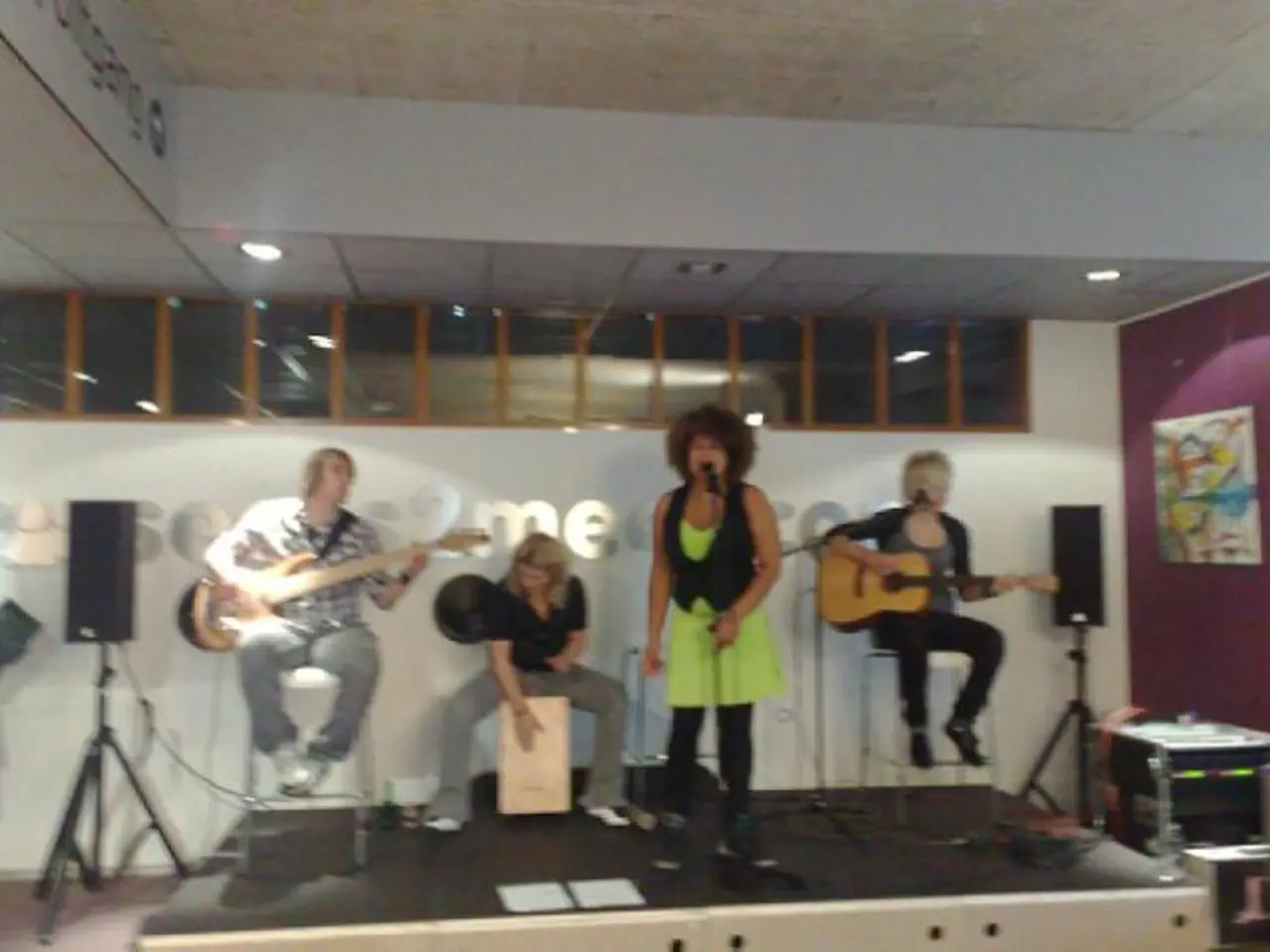Operating Room Sound Bath: Exploring the Advantages in the Surgical Setting
In the realm of healthcare, a new approach is emerging as a potential calming technique for patients before general anesthesia. Nurse anesthetist Huy Vo, CRNA, has been offering bedside sound bath experiences to patients since 2017.
Vo's colleagues now expect integrative modalities like sound, light projection, and essential oils on their shifts, which makes them feel calmer and more connected. Initially apprehensive about how the singing bowl would be received, Vo has found that patients and his colleagues have shown appreciation for these sound bath experiences.
During a sound bath, Vo uses lavender essential oil and a mini projector that creates soothing light patterns on the walls and ceiling, in addition to his small Tibetan singing bowl. The sound bath lets the sound envelop the patient, creating a sense of relaxation and calm.
While sound therapy and other integrative methods have shown calming and anxiety-reducing effects in various healthcare settings, specific clinical data on bedside sound baths administered by anesthetists during the perioperative period is scarce or not well documented in the literature.
Traditional approaches to anxiety reduction in anesthesia rely mainly on pharmacologic sedation and psychological preparation. However, Vo's approach is focused on creating a deep and profound connection with patients and even his colleagues on an energetic level, even in a hospital setting.
Vo hosts special sound baths just for staff at the hospital and has been invited to speak about his approach at Stanford University, anesthesia conferences, and the Integrative Medicine Collaborative. Studies show that sound bath experiences are calming, even for people who have never tried them before.
Anecdotally, Vo has noticed that patients require less medication when integrative modalities are part of pre-anesthesia care. He uses lavender essential oil on a white hand towel shaped like a turtle to reduce anxiety in patients and plays the sound bowl directly above a patient's chest during anesthesia.
Vo has studied somatic experiencing and polyvagal theory to deepen his understanding of how to create more ease and grounding in the medical setting. He would like to participate in a controlled study to verify his observations about the effects of integrative modalities on medication requirements.
Despite the promising anecdotal evidence, there is currently no robust clinical evidence or randomized trials available that conclusively prove the effectiveness of bedside sound baths in reducing anxiety during general anesthesia. Thus, while this approach may be a promising complementary calming technique, its effectiveness specifically during general anesthesia to reduce anxiety remains to be established by future rigorous clinical studies.
- In the health-and-wellness realm of healthcare, nurse anesthetist Huy Vo has been offering mindfulness practices like sound bath experiences to patients since 2017, using therapies such as essential oils and light projection.
- These integrative modalities, including sound baths and other calming techniques, have shown promise in reducing anxiety and fostering a sense of personal-growth and connection among patients and colleagues.
- Vo's approach to anxiety reduction in anesthesia also involves the use of cbd products, such as lavender essential oil, to create a relaxed environment for both patients and his colleagues.
- Education and self-development are key aspects of Vo's work, as he has studied additional techniques like somatic experiencing and polyvagal theory to enhance his approach in the medical setting.
- Though anecdotal evidence supports the calming effects of bedside sound baths, there is a need for rigorous clinical studies to establish the effectiveness of this method in reducing anxiety during general anesthesia, specifically.




